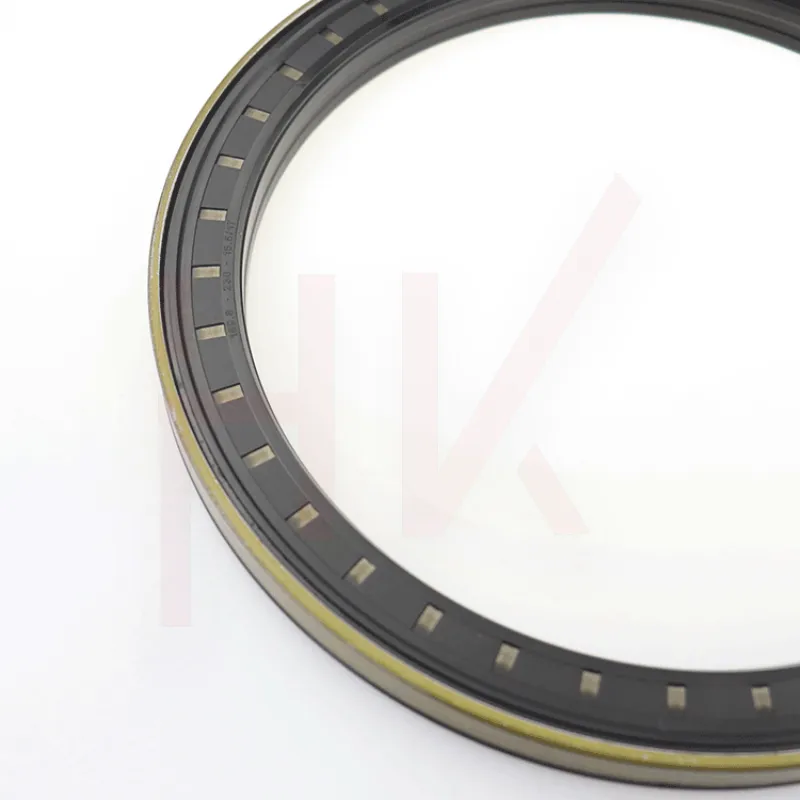Nov . 16, 2024 01:35 Back to list
Hub Oil Seals and Axle Seals for Reliable Vehicle Performance and Protection
Understanding Hub Oil Seals and Axle Seals
In the automotive and machinery world, ensuring proper sealing mechanisms is essential for the longevity and efficiency of machinery components. Hub oil seals and axle seals play a critical role in this regard, especially in vehicles where the wheels and axles are subjected to extreme conditions. These seals prevent lubricant leakage, protect against contaminants, and maintain optimal performance in diverse environments.
What are Hub Oil Seals?
Hub oil seals are designed to prevent the loss of lubricants from the wheel hub assemblies. They serve as barriers that keep excess grease or oil contained within the hub while preventing dirt, dust, and water from entering the assembly. Typically made from rubber or synthetic materials, hub oil seals are engineered to withstand high temperatures and pressures, ensuring they can operate effectively even under strenuous conditions.
When hub oil seals wear down or become damaged, it can lead to serious complications. Leakage of lubrication can result in increased friction, overheating, and potential damage to the bearings and other internal components. It can also attract dirt and debris, which further exacerbates wear and tear. Regular inspection and timely replacement of hub oil seals are essential maintenance practices for vehicle owners and operators.
hub oil seals axle seals

The Importance of Axle Seals
Axle seals function similarly to hub oil seals but are specifically tailored to the axle shafts. These seals help to retain the differential fluid or gear oil within the axle housing. They protect the internal components of the axle, including bearings, from exposure to contaminants, which can lead to premature wear and mechanical failure.
Axle seals are crucial in vehicles with rear-wheel drive, all-wheel drive, or four-wheel drive systems, where they are subjected to significant forces. A failing axle seal can cause fluid leaks, noise, and ultimately, a breakdown of the axle assembly. Like hub oil seals, the materials used in axle seals are chosen for their durability and resistance to environmental factors.
Conclusion
In summary, hub oil seals and axle seals are critical components in maintaining the performance and longevity of a vehicle. While often overlooked, these seals serve as the first line of defense against fluid leaks and contaminants. Regular inspections and maintenance can help to identify early signs of wear, preventing larger, more costly repairs down the line. Investing in high-quality seals and following a diligent maintenance schedule not only ensures optimal vehicle performance but also enhances safety on the road.
-
TCN Oil Seal Metal Ring Reinforcement for Heavy Machinery
NewsJul.25,2025
-
Rotary Lip Seal Spring-Loaded Design for High-Speed Applications
NewsJul.25,2025
-
Hydraulic Cylinder Seals Polyurethane Material for High-Impact Jobs
NewsJul.25,2025
-
High Pressure Oil Seal Polyurethane Coating Wear Resistance
NewsJul.25,2025
-
Dust Proof Seal Double Lip Design for Construction Equipment
NewsJul.25,2025
-
Hub Seal Polyurethane Wear Resistance in Agricultural Vehicles
NewsJul.25,2025
-
The Trans-formative Journey of Wheel Hub Oil Seals
NewsJun.06,2025
Products categories
















